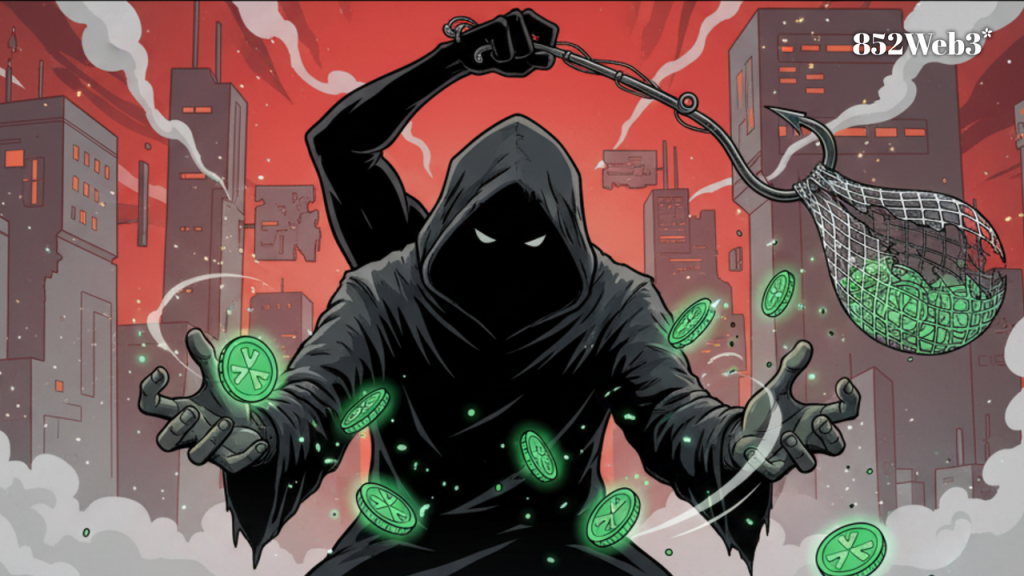In one of the wildest turns Web3 has seen this year, UXLINK was hit by a massive exploit—only for the attacker to later fall victim to a phishing scam that drained half of his stolen tokens.
Act I: The Exploit
On September 22, UXLINK suffered a major breach. Hackers exploited a contract control vulnerability, minted over 1 billion UXLINK tokens, and quickly swapped them into 6,732 ETH (nearly $30M). More than $11M in assets were compromised within hours. The fallout was immediate: UXLINK’s token price collapsed by almost 80%, and community trust was shaken.
Act II: The Hacker Gets Hacked
Just a day later, in a twist that felt like poetic justice, the hacker himself fell prey to a phishing group known as Inferno Drainer. By signing a malicious approval transaction, he lost 542M UXLINK tokens—roughly half of his loot. As one security researcher joked on X: “Even hackers can’t escape Web3 phishing.”
Trust, Governance & Aftermath
The spectacle quickly went viral across crypto Twitter. Beyond the dark humor, the incident reignited tough questions about governance and smart contract design:
-
Token minting authority remains a critical point of failure.
-
Multi-sig and audits are no silver bullets if permission structures can still be abused.
Meanwhile, on-chain analysis shows parts of the stolen ETH were converted into stablecoins and dispersed. UXLINK has announced it’s working with exchanges to freeze addresses and is exploring a token swap and contract migration as recovery steps.
From Chaos to Wake-Up Call
This bizarre sequence—hack, dump, and then hacker hacked—underscores a hard truth: in Web3, trust is the real currency. For social protocols like UXLINK, no narrative or community momentum can survive if core security and governance crumble overnight.
What do you think: can Web3 projects ever truly “bulletproof” their governance and permission design, or will exploits like this always be one step ahead?


